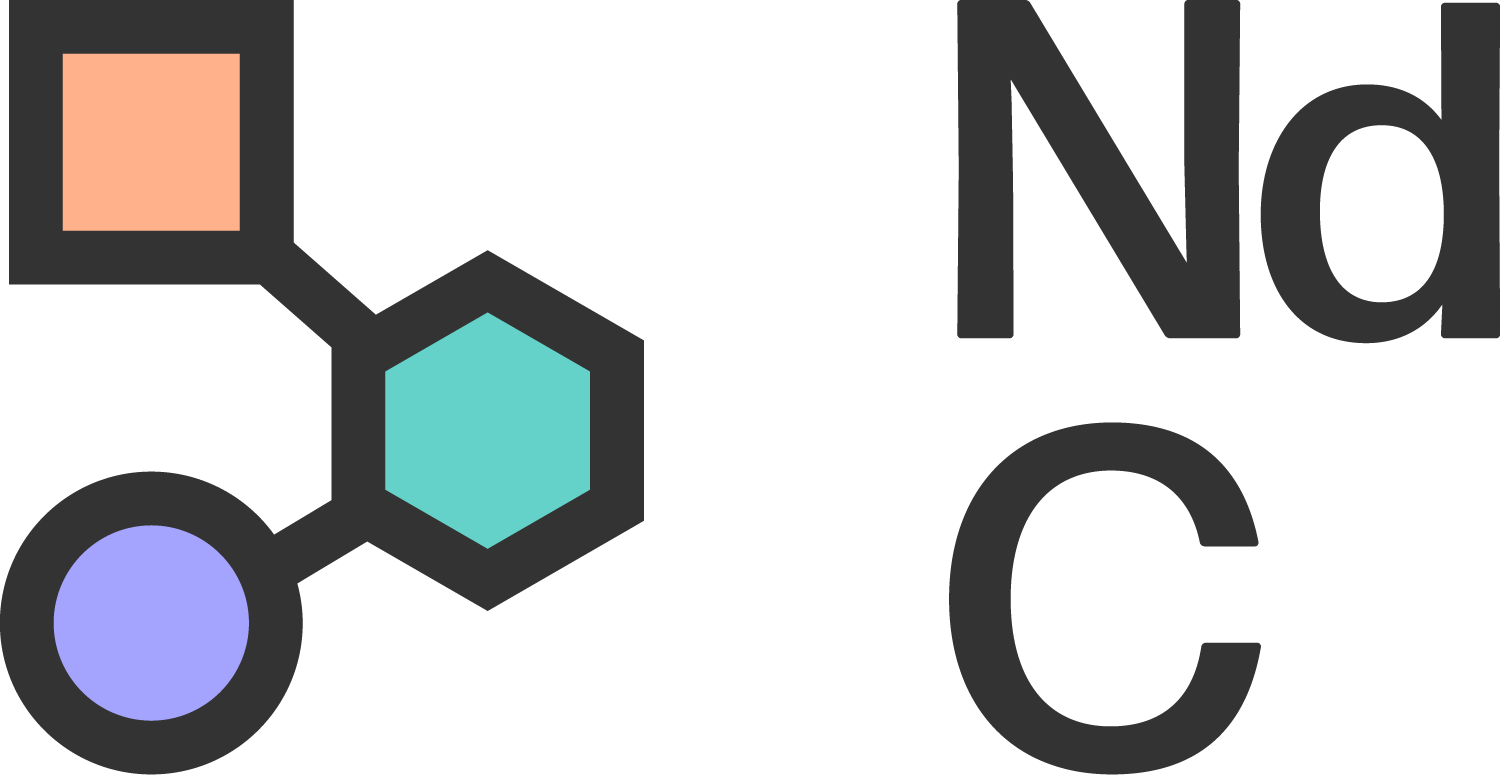Separating innate traits from distress symptoms: a neuro-affirming definition of ADHD
This article was originally a Facebook post. Reproduced here with permission.
A neurodivergent-affirming definition of ADHD from Trauma Geek, focusing on the innate traits of the ADHD neurotype when separated from the distress symptoms caused by conflict with an inhospitable society.
I have been talking about the ADHD neurotype a lot this week, so I think it's important to explain this neuro-affirming definition of ADHD. ADHD is not: innatention, hyperactivity, impulsivity, and mood instability. ADHD does not impair ability to think. These are distress symptoms that occur in ADHD neurotypes.
This is parallel to the idea that Autism is not: meltdowns, self-harm, and antisocial behaviors. These are distress symptoms that occur in Autistic neurotypes. For both Autism and ADHD, the DSM criteria include more distress symptoms than innate traits, leading to confusion about what the Autistic and ADHD neurotypes are.
The ADHD neurotype is: neural hyperconnectivity, monotropism, holotropic sensory gating, a neuroceptive need for novelty and variety, an interest-driven dopamine system, and varying processing styles (both bottom-up and top-down processing).
(These innate traits of ADHD are still being compiled from the ADHD community, so there may be a few more traits that need to be added to the list in the future, but this list is a good start at describing what the ADHD neurotype is before or without trauma, or what the ADHD genes code for as a heritable phenotype.)
ADHD involves an abundance of attention, not a deficit of attention. It is extremely hard to direct the attention of an ADHDer based on external expectations, but we easily hyperfocus on our own interests or more voluntary activities. This is because our dopamine systems are interest-driven: our brains release dopamine only for things we are genuinely interested in, not for required school or work activities. For externally required things, we tend to run on adrenaline instead. (Remind me to write about why "low dopamine" is caused by trauma and/or social environment, not an innate trait of ADHD.)
The ADHD neurotype is genetic and involves differences in brain structure. If the environment was absolutely perfect, with no trauma or overwhelm, an ADHD person would still be born with the ADHD neurotype. People with this neurotype have existed throughout history, and can usually be traced through family lines, though it can sometimes/rarely skip a generation.
ADHD people need supportive environments that consider the needs of their neurotype (such as more movement and more stimulation) and that provide opportunities for ADHD brains to operate from their strengths without shame and invalidation for not meeting cultural expectations. These supports can include ADHD medication and a variety of other tools that may help an ADHDer to navigate society.
ADHD is a disability, not because ADHD is an impairment, but because ADHD neurotypes are not supported in our culture. People with ADHD neurotypes need extensive help navigating a world constructed by neurotypical culture.
Being ADHD in a world designed for neurotypicals is extremely challenging and sometimes causes a lot of suffering. Blaming our own brains amplifies this suffering. Naming the source of our suffering shows us a path to relief: we need neurodivergent communities, we need neurotype friendly environments, we need liberation from systemic ableism. Working towards these collective solutions is what the neurodiversity movement is all about.
PS.
To be holotropic is to have wide open sensory gates. To participate in/as the immense world without becoming overwhelmed, we holotropes have two central methods: in, by hyperfocusing our attention on one sensory or cognitive path, and as, through synthesising our experience into coherence. A sense of wholeness occurs through both of these processes — less consciously in hyperfocus, more consciously in coherence." https://hmirra.medium.com/holotropism-1cdf99c00b74

